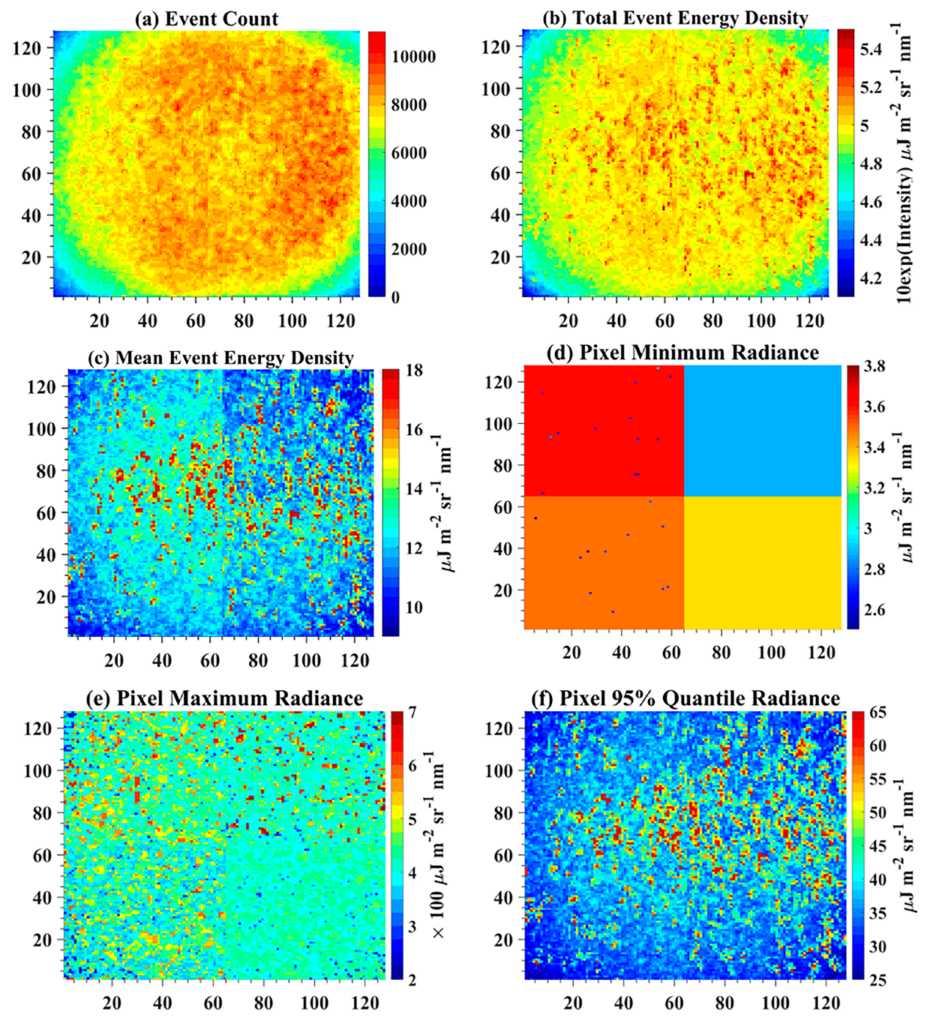
ESSIC/CISESS Scientists Daile Zhang, Scott Rudlosky (NOAA), and colleagues published a study that uses the well-documented Tropical Rainfall Measuring Mission (TRMM) Lightning Imaging Sensor’s (LIS) performance to determine if the International Space Station (ISS) LIS performs well enough to bridge the gap between TRMM LIS and the new generation of Geostationary Lightning Mappers (GLMs).
Overall, the two LIS instruments produced similar event, group, and flash parameter values within their shared latitude range. ISS LIS detected 0.8 fewer events per group and 1.1 fewer groups per flash. These differences were likely due to larger pixels for ISS LIS that occur because of flight altitude and a slight tilt of the sensor away from the nadir. Total and mean event energy density on the ISS LIS pixel array indicated some anomalous hotspot pixels or “patches” that were not present with the TRMM LIS. It was also found that radiometric sensitivity decreases radially from the center of the array to the edges for both instruments and that the ISS LIS falloff behavior was larger than the TRMM LIS. Despite these differences, it was found that ISS LIS provides similar parameter values to TRMM LIS with the expectation of somewhat lower lightning detection capability. The results indicated that recalculation of the event, group, and flash areas for both LIS datasets are strongly recommended since the archived values in the current release versions have significant errors.
Zhang’s work at ESSIC focuses on evaluating and assessing space-based lightning sensors such as the GLM. She is a part of the ESSIC/CISESS Geostationary Lightning Team, which also includes Scott Rudlosky, Guangyang Fang, and Joseph Patton.
Rudlosky is a Physical Scientist with the Satellite Climate Studies Branch of NOAA/NESDIS/STAR. His research focuses on satellite lightning products and how they compare to ground measurements.
To access the article, click here: “Performance Evaluation of the Lightning Imaging Sensor on the International Space Station”.





